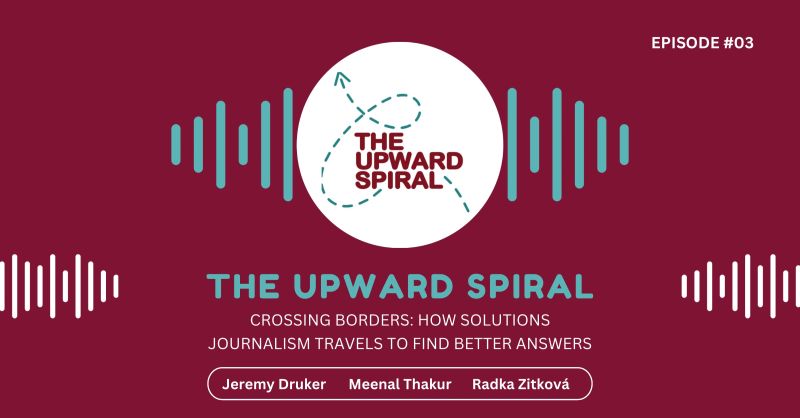
In our latest solutions journalism podcast episode, we talk with Radka Zitková, journalist at Heroine magazine. She shares how her team used cross-border reporting to explore fresh perspectives on parental leave – a topic that connects families and societies across Europe.
Curious how solutions journalism can open doors to new conversations? Tune in now
